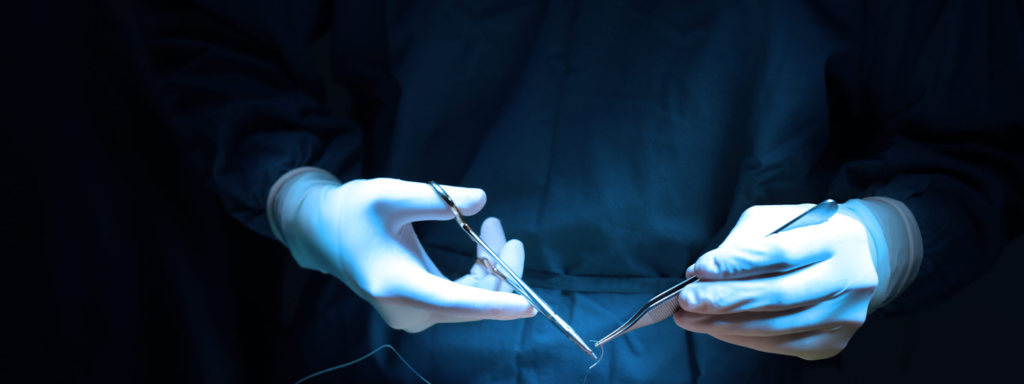Schistosoma Reflexum represents a rare congenital disorder, hallmarked by an open abdominal cavity with the abdominal organs not enclosed and an incompletely formed and curved vertebral column. The name of this condition succinctly encapsulates its essence: a split and reflexed body.
Anatomical Abnormalities and Manifestations
This disorder is characterized by significant anatomical deviations, including an externalized abdominal viscera and a structurally compromised vertebral column. These abnormalities present not only a medical challenge but also a deep insight into the critical nature of fetal development processes.
Case Study: Twin Diagnosis and Intervention
In a notable case, twins were diagnosed with Schistosoma Reflexum and underwent delivery via cesarean section. This segment explores the complexities of their condition, surgical intervention, and outcomes, shedding light on the critical nature of timely medical response.
Comparative Analysis of Congenital Defects
| Condition | Abdominal Closure | Vertebral Column Integrity | Incidence Rate |
|---|---|---|---|
| Schistosoma Reflexum | Open | Incomplete and Bent | Extremely Rare |
| Gastroschisis | Open | Normal | Rare |
| Omphalocele | Membrane-covered | Normal | Uncommon |
| Spina Bifida | Normal | Incomplete | Relatively Common |
Key Characteristics of Schistosoma Reflexum
- Open Abdominal Cavity: The abdominal organs are not enclosed within the body;
- Spinal Abnormalities: The spine is often incomplete and exhibits significant curvature;
- Congenital Onset: The condition is present from birth, highlighting a developmental anomaly;
- Twin Pregnancy Association: Incidences have been documented in twin pregnancies, requiring cesarean delivery for safer birth outcomes.
Pathophysiology of Schistosoma Reflexum
This section delves into the embryological missteps leading to Schistosoma Reflexum, outlining how disruptions in normal development during critical periods of gestation culminate in the hallmark features of an open abdomen and spinal deformities. Understanding the genetic and environmental factors contributing to this condition is crucial for early diagnosis and the exploration of potential preventive strategies.
Diagnosis and Clinical Presentation
Early detection of Schistosoma Reflexum is pivotal for managing the condition and improving neonatal care. This section explores diagnostic techniques, including prenatal imaging and genetic screening, which facilitate the identification of this anomaly. It also discusses the clinical manifestations that guide healthcare professionals in recognizing and differentiating Schistosoma Reflexum from other congenital conditions.
Management and Treatment Options
Given the complexity of Schistosoma Reflexum, a multidisciplinary approach is essential for effective management. This segment reviews surgical interventions aimed at correcting anatomical defects, alongside supportive therapies designed to enhance the quality of life for affected individuals. The challenges and considerations in the surgical repair of both the open abdomen and spinal malformations are examined, along with postoperative care strategies.
Case Studies and Outcomes
Analyzing case studies provides invaluable insights into the real-world implications of Schistosoma Reflexum, including surgical outcomes, long-term management, and quality-of-life improvements. This section compiles and discusses various cases, highlighting the diverse approaches to treatment and their effectiveness in addressing this congenital anomaly.
Pathophysiology of Schistosoma Reflexum
Schistosoma Reflexum is a complex congenital disorder characterized by a series of morphological abnormalities that starkly deviate from typical mammalian fetal development. This condition primarily manifests through the non-closure of the abdominal cavity, resulting in the externalization of abdominal organs. Additionally, a significant malformation includes an incomplete and aberrantly curved vertebral column.
This anomaly suggests a disruption in the normal embryonic development process, possibly linked to genetic factors or environmental influences encountered during gestation. The etiology of Schistosoma Reflexum remains an area of active research, with studies focusing on genetic mutations, maternal health, and exposure to environmental teratogens as potential contributing factors. Understanding the pathophysiological mechanisms underlying this condition is crucial for developing preventative strategies and therapeutic interventions.
Diagnostic Techniques and Challenges
The diagnosis of Schistosoma Reflexum involves a multidisciplinary approach, leveraging both prenatal imaging techniques and postnatal clinical assessments. Prenatal ultrasound stands as a pivotal diagnostic tool, allowing for the early detection of anatomical abnormalities characteristic of this condition. However, the rarity and complexity of Schistosoma Reflexum pose significant challenges in achieving an accurate diagnosis.
These challenges are compounded by the variability in the extent of organ protrusion and spinal deformation. Consequently, a comprehensive diagnostic strategy often requires the integration of advanced imaging modalities, such as magnetic resonance imaging (MRI), to obtain a detailed understanding of the malformation’s extent. Early and accurate diagnosis is essential for informed decision-making regarding management and care options, highlighting the importance of specialized training for healthcare providers in recognizing this rare condition.
Management Strategies and Outcomes
The management of Schistosoma Reflexum is highly individualized, focusing on addressing the immediate health concerns posed by the condition and improving the quality of life for affected neonates. Surgical intervention may be considered to correct or mitigate some of the anatomical defects, although the feasibility and timing of such procedures must be carefully evaluated based on the severity of the malformations and the neonate’s overall health.
Supportive care, including measures to protect the exposed viscera and prevent infection, is paramount. The prognosis for individuals with Schistosoma Reflexum varies widely, heavily influenced by the extent of the malformations and the presence of additional congenital anomalies. Multidisciplinary care teams, including pediatric surgeons, neonatologists, and supportive care specialists, play a critical role in managing this condition.
Despite the challenges inherent in treating Schistosoma Reflexum, advancements in neonatal care and surgical techniques have contributed to improved outcomes for some affected individuals.
Conclusion
Schistosoma Reflexum is a profound illustration of the intricate and sometimes unpredictable nature of congenital conditions. Through the examination of its manifestations, comparative analysis, and case studies, we gain insights into the complexities of fetal development and the imperative for advanced diagnostic and surgical techniques.



